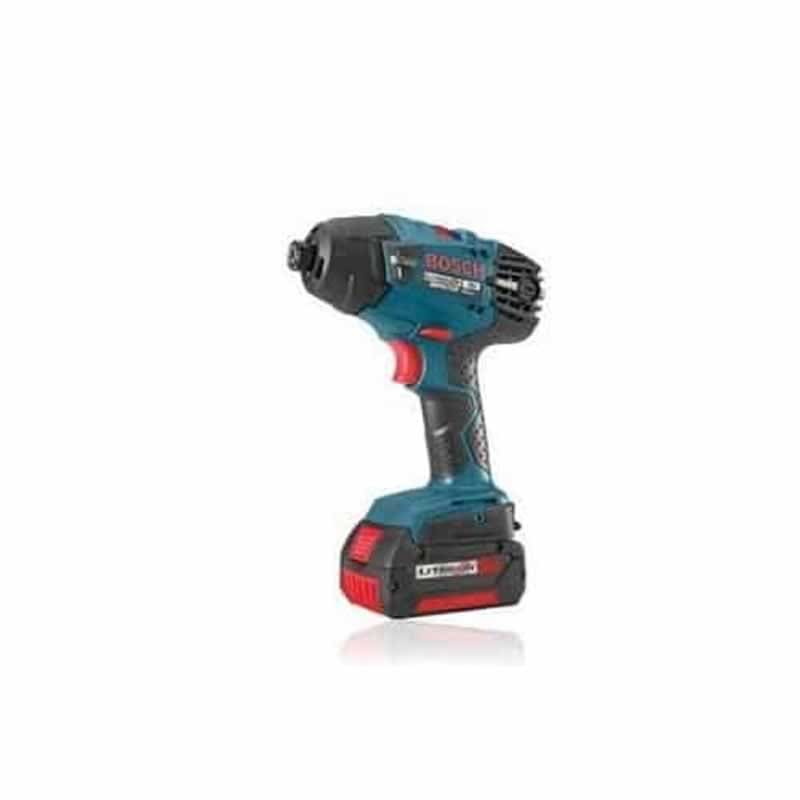Sheet metal rolling is a technique for forming metal parts, sheets, and components. This technology has revolutionized the manufacturing industry. With consistent innovation and development, we’ve come to see the revolution in manufacturing that has taken place.

Let’s examine what this means for machine owners and operators and how you can benefit from it.
The Industrial Revolution
The Industrial Revolution is the name given to a period in history that began as early as the 1700s when significant changes occurred in manufacturing. Manufacturers began to use new techniques and machines to automate their processes, allowing them to produce more goods at lower costs. It increased productivity and efficiency, allowing more people to have jobs.
The Golden Age of Sheet Metal Rolling
The golden age of sheet metal rolling was when the industry experienced rapid growth and innovation. In this era, sheet metal rolling was introduced to produce seamless steel plates and sheets. The process involved using a die to cut the material into specific shapes, then placing it on an iron plate heated by an oven. The plate would then be rolled between two rollers which would bend the iron into shape. This manufacturing method was revolutionary because it allowed companies to produce large quantities of expensive steel at a lower cost than ever before due to its simplicity. Additionally, it allowed manufacturers to use less energy by reducing their need for heaters or ovens when producing their products.

The Process of Sheet Metal Rolling
The process of sheet metal rolling is complex, but it can be broken down into three main steps: forming/cutting and finishing.
Forming/cutting: The first step in the process is to form the sheet metal into the desired shape. It can be done manually or by using automated machinery. In either case, this will involve using tools such as shears or scissors to cut out pieces of metal from a large piece of sheet metal that has been rolled up into a tube or coil shape.
Finishing: Once all of the pieces have been formed and cut out, they need to be smoothed out so that they are ready for finishing operations such as painting them with paint finishes such as lacquer or powder coating them with protective coatings like zinc plating or chrome plating over another layer of paint finish.
The sheet metal rolling process is a revolution in manufacturing. It allows you to create products at lightning speed, which can be helpful for any business that needs to meet deadlines and produce high-quality products quickly.
The Sheet Metal Rolling Process has many advantages over traditional methods:
- It is faster than other processes because it requires no tooling or molds, allowing faster turnaround times and lower costs.
- It produces higher quality products because it allows for more precise control over each process step, including the shape of the manufactured part.
- It produces parts with less waste because they are formed from thinner material than traditional methods would allow (which reduces weight).
The Future of Sheet Metal Rolling Technology
The future of sheet metal rolling technology is bright. The industry has seen a dramatic shift in recent years because of new methods, and materials manufacturers can use to create parts with intricate details. The use of sheet metal rolling technology has been around for decades and has been used to create everything from parts for cars to furniture to even artworks. However, it wasn’t until recently that companies started using this technique for mass production. It’s only been within the past decade or so that the technology has taken off as an innovation tool in manufacturing processes worldwide. It is mainly due to advancements in computer modeling software which allows manufacturers to create complex models quickly and efficiently without relying on expensive prototypes or physical testing equipment at each step toward success.
Final Thoughts
The age of industrial revolution was born several decades ago. Nowadays, materials are becoming more and more valuable. It is why several industries are looking for better, faster manufacturing techniques. Sheet metal forming is a process that can be automated; it only requires a little human intervention in terms of labor and quality control.






